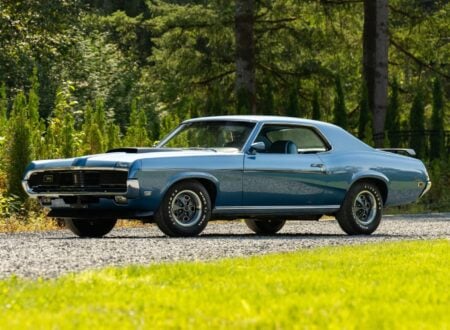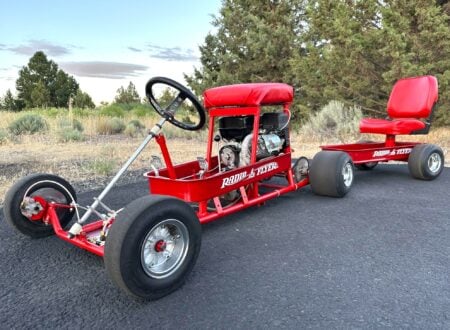This is a Marcos 1600 GT from 1969, it’s a classic sports car largely unknown outside of Britain. Inside the UK the car has a cult following thanks to both its unusual history and its long list of David vs Goliath successes on race tracks across the country starting in the 1960s.
The Marcos GT first entered production in 1964 as an affordable fiberglass-bodied sports car designed to compete with the offerings from contemporary competitors like Lotus. Unlike any other car in production these first Marcos GTs had chassis made from a material more closely associated with boat building.
Fast Facts – The Marcos GT
- The Marcos GT is best known for the highly-unusual plywood chassis used on the first series of production cars that was made from 386 separate pieces all bonded together into a complex 3D shape.
- This plywood chassis was developed by Frank Costin, an engineer who had worked on the de Havilland Mosquito – a WWII multirole combat aircraft that was largely made from plywood and was faster than the Spitfire.
- Later Marcos GTs, like the car you see here, have more traditional steel chassis as they proved much easier to manufacture, but the cars retained the “Flying Splinter” nickname that had originally been given to the very first Marcos prototype.
- Over the course of the production run the Marcos GT was powered by a number of different engines including inline-fours, V4s, straight-sixes, V6s, and V8s.
Marcos And “The Flying Splinter”
Marcos Engineering Ltd was founded in Wales in 1959 by Jem Marsh and Frank Costin, the two men would form the company name by each contributing the first three letters of their surnames.
Costin is now remembered as one of the most influential engineers of the era, and with Marcos he would be applying lessons he learned while working on the plywood de Havilland Mosquito fighter/bomber during the Second World War.
Above Video: Jay Leno takes a look at one of the few Marcos GTs to have made the United States its home.
The men developed a 386 part plywood chassis for the new car that was bonded together to form a complex, rigid, and lightweight three dimensional shape. The car was fitted with a fiberglass body, a four-cylinder Volvo B18 engine with an overdrive gearbox, independent front suspension, and a De Dion rear end.
The original Marcos prototype had been nicknamed “The Flying Splinter,” the same nickname that had been given the the Mosquito during the war. Later Marcos cars would share this nickname and despite people’s reservations about a car with a plywood chassis it proved highly competitive in the British club racing scene.
The cost of the plywood was low however it required significant man-hours to bond it all together, as a result the company developed a welded steel box section chassis and made some changes to the internal body structure to match.
These new steel-chassis Marcos GTs were introduced later in the 1960s and most of the surviving cars are fitted with it, resulting in the earlier plywood chassis cars now being highly sought after by collectors.
Marcos has proven surprisingly resilient, surviving a number of company shutdowns over the years. Their most recent offering was the Marcos Spirit 220 that was launched in 2013.
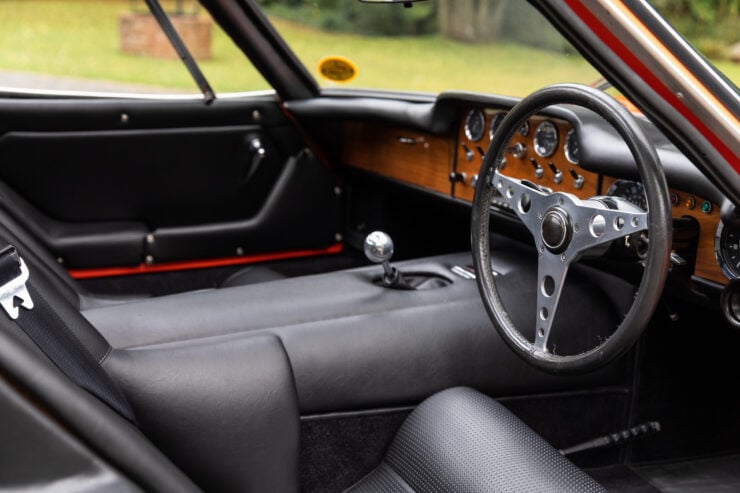

The Marcos 1600 GT Twin Cam Shown Here
The Marcos 1600 GT you see here is a little unusual as the original Ford Kent crossflow engine was swapped out in the early 1970s and replaced with a Lotus Twin Cam inline-four cylinder engine.
The Twin Cam is one of the most desirable British engines of the era, it was developed for Colin Chapman of Lotus by a remarkable engineering team that included some of the biggest automotive engineering names of the time, including Harry Mundy, Mike Costin (of Marcos and Cosworth), Keith Duckworth (also of Cosworth), Neil Francis, and Bob Dance.
The engine would power a vast array of cars, from the Lotus Cortina to the Lotus Esprit, and it would take a slew of both class and overall victories in international competition.
Due to Mike Costin’s early involvement in the Twin Cam it makes a lot of sense to fit one to a Marcos GT, which was obviously the line of reasoning used by the owner of this car in the 1970s. The car is now being offered by Historics Auctioneers out of the UK and it comes with heritage records and an impressive history file.
If you’d like to read more about this car or register to bid you can click here to visit the listing.
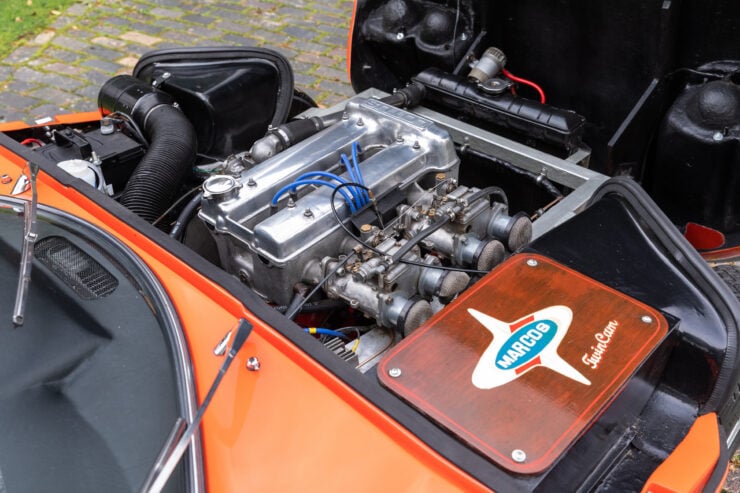
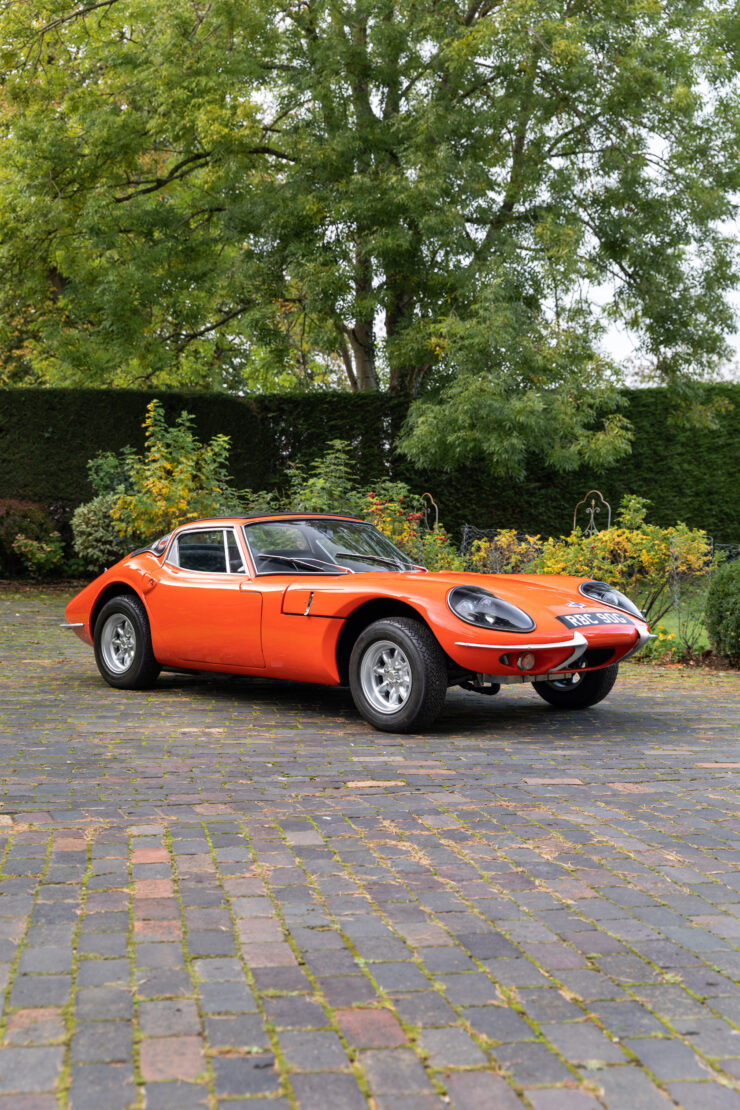
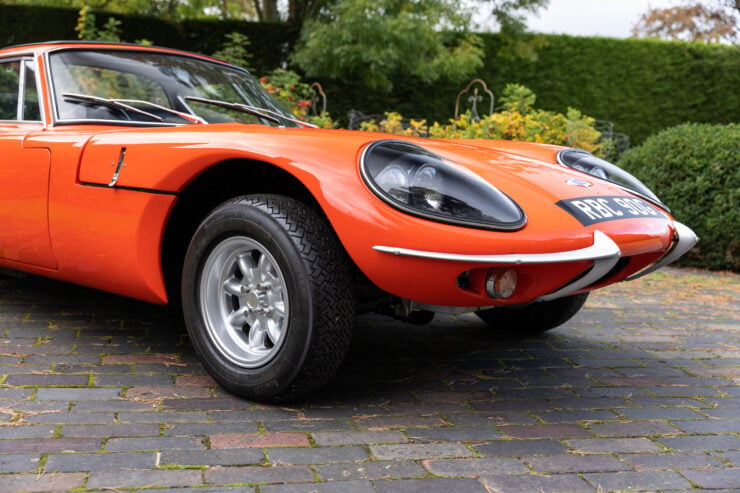
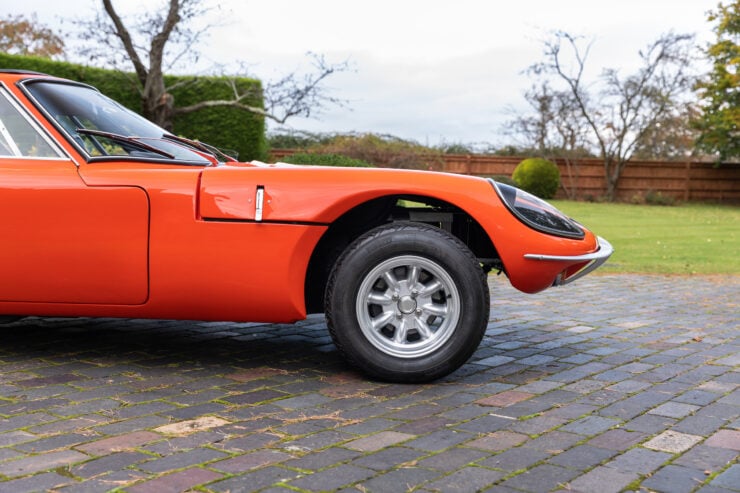

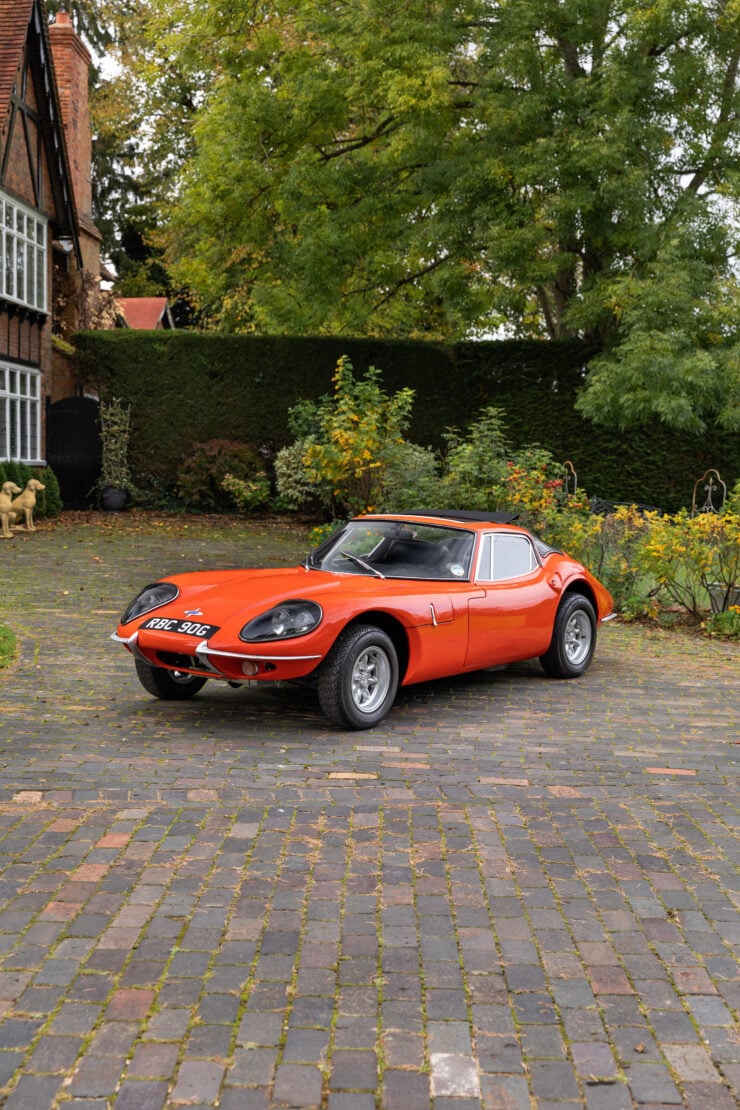
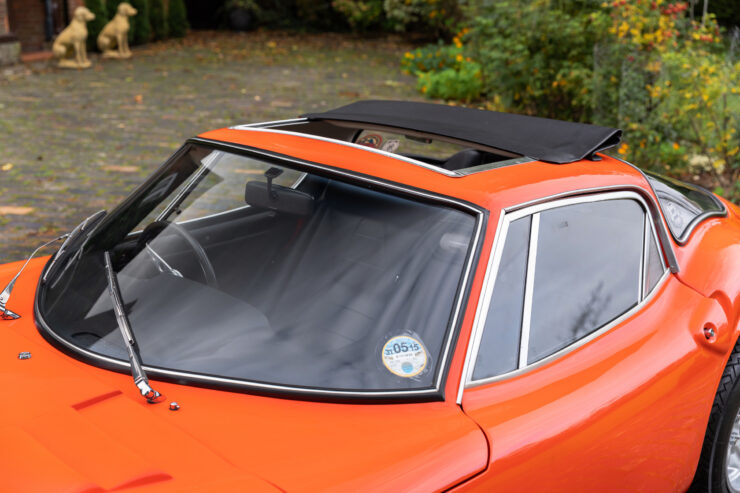
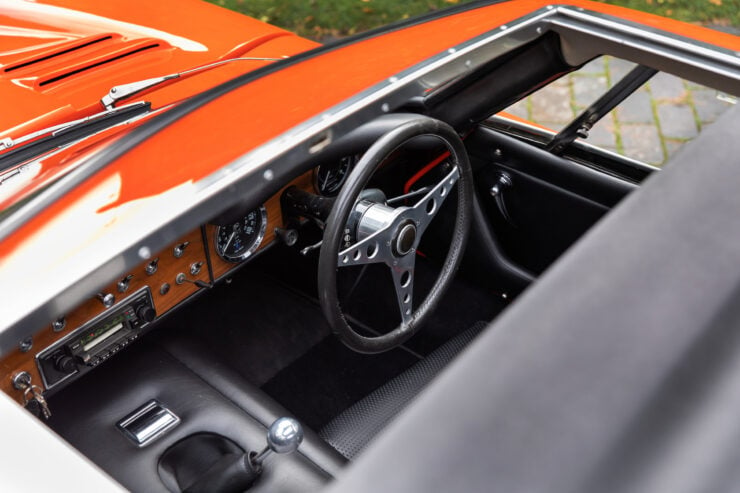
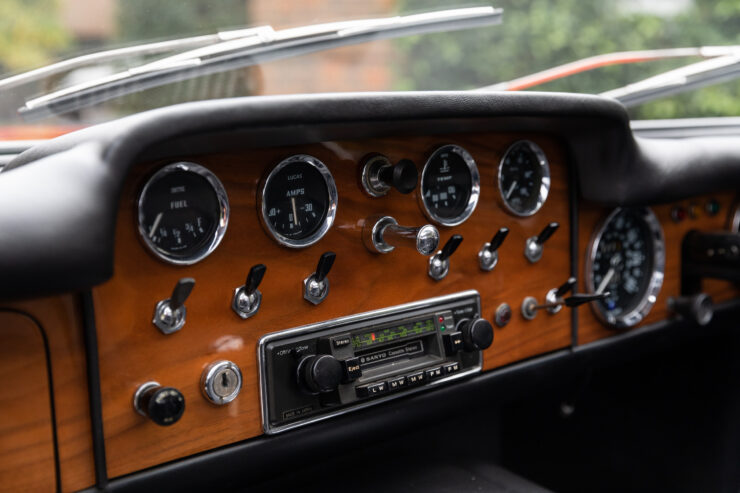
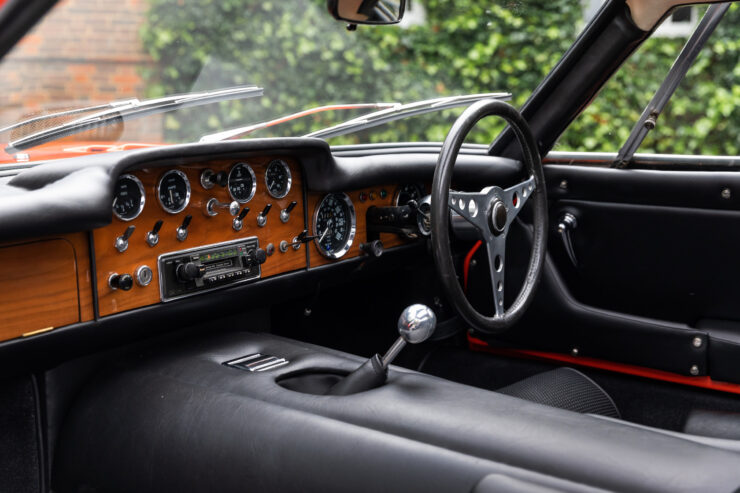
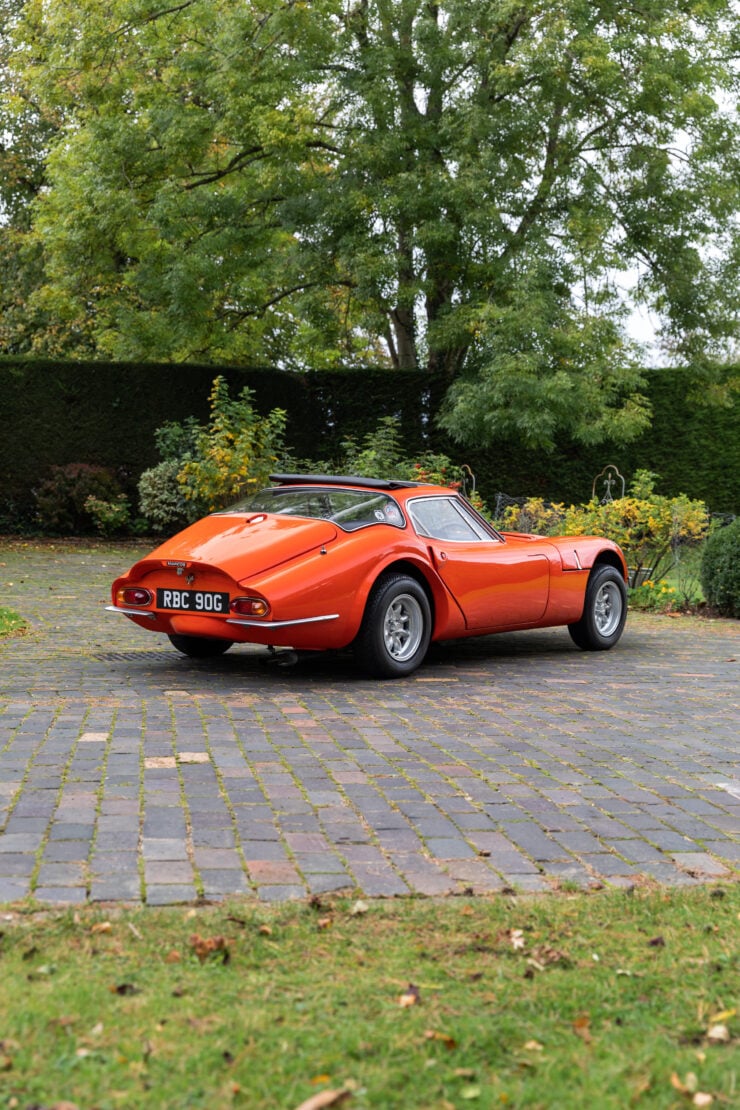
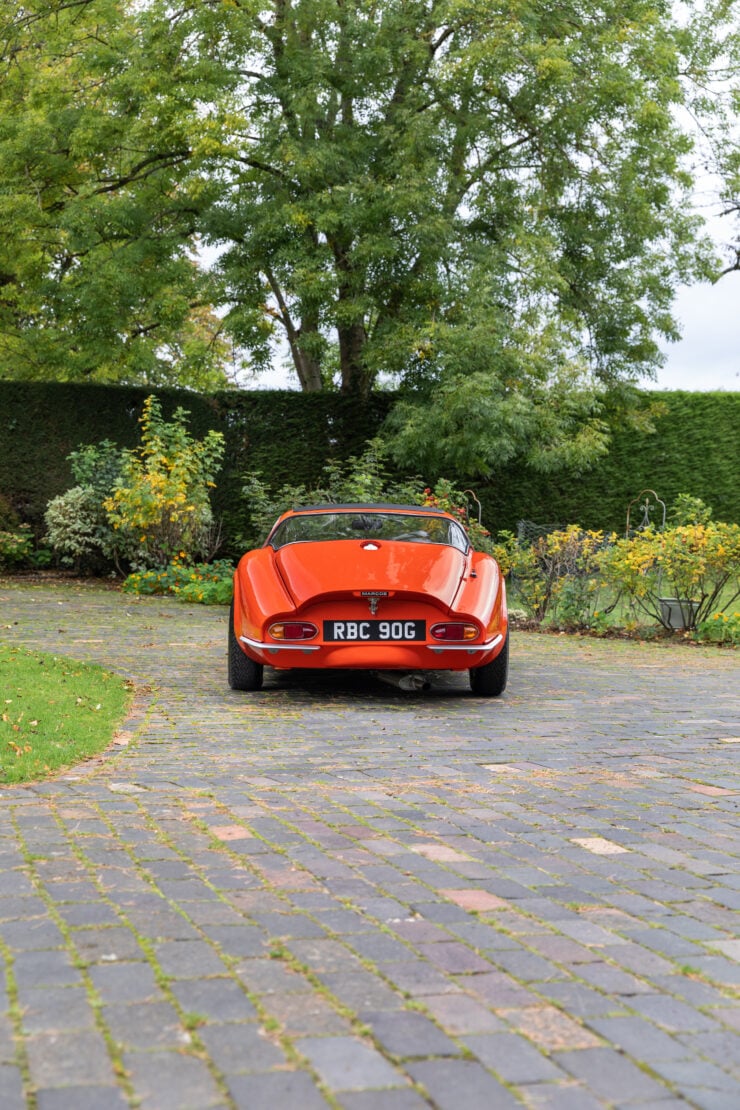
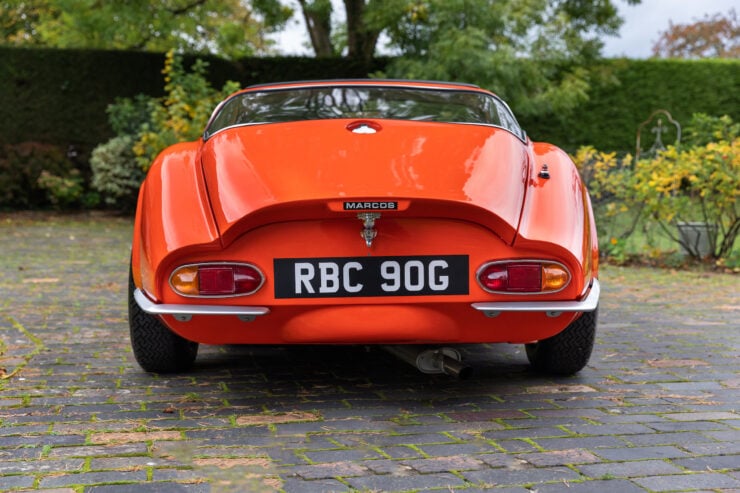
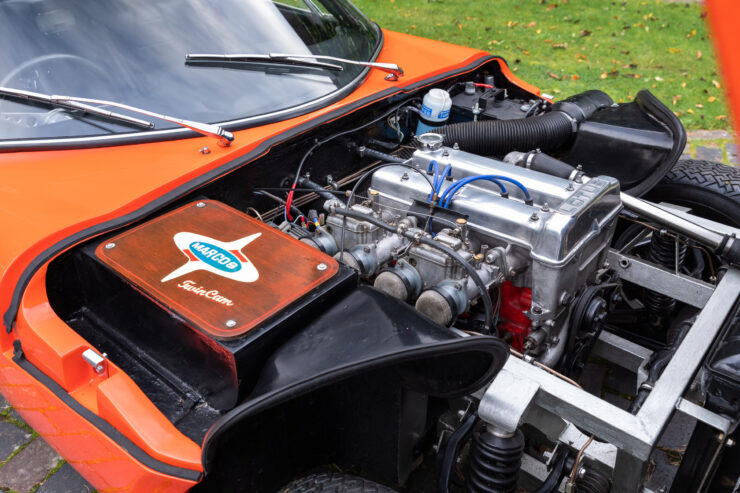
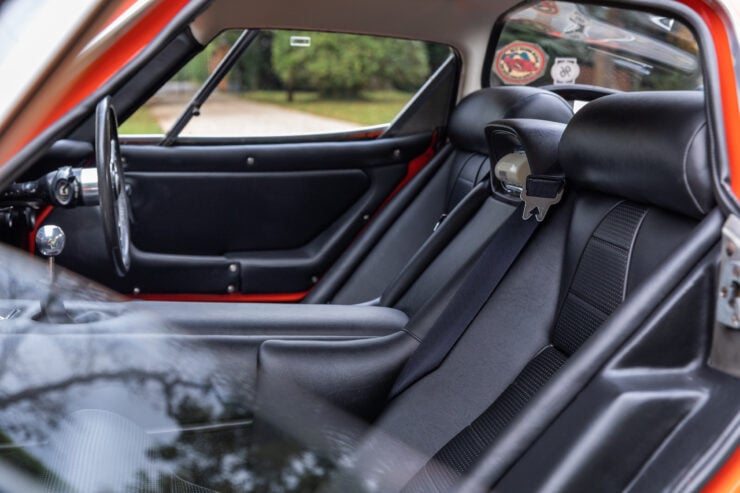
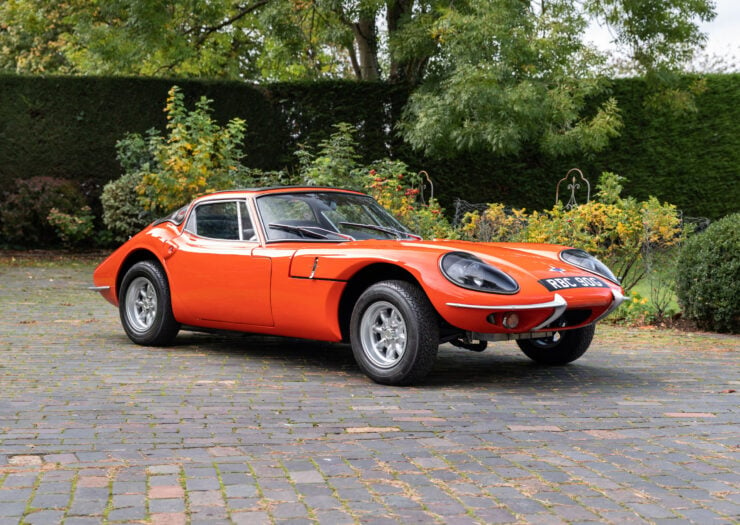
Images courtesy of Historics Auctioneers




